Today we’re going to discuss the amazing varieties of indoor cacti – a plant often seen as an indoor plant. But what are the different types of cacti, and what do they provide?
We’re going to discuss the common types of cacti that you may see in nurseries and gardens and point out some of the varieties that are specific to indoor growing. This includes small indoor cactus types, including types of cactus with names.
We’ll also talk about cacti care, including how to water and fertilize them and where to place them indoors.
By the end of this article, you will better understand what cacti are and what they can provide for your home.
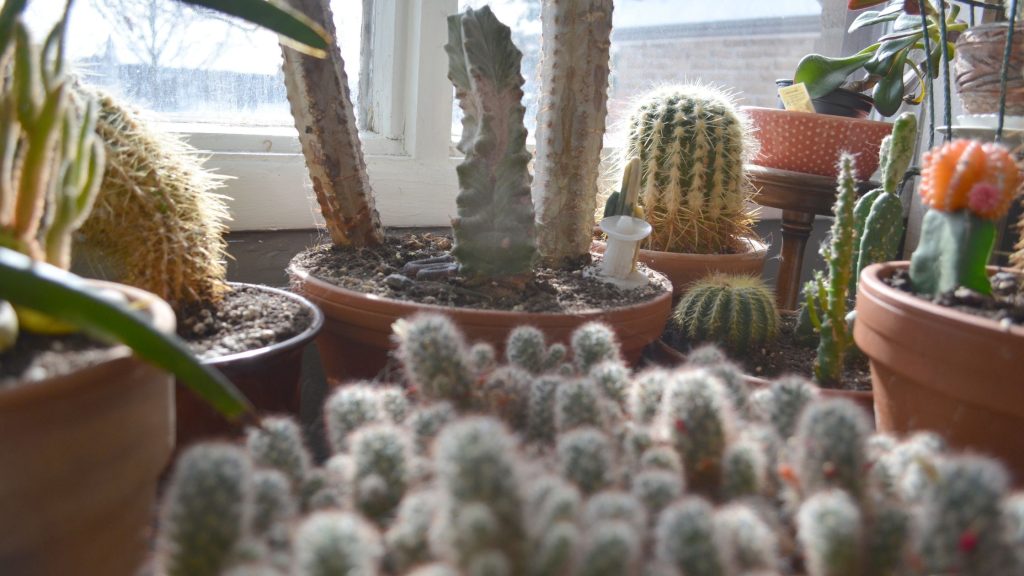
Table of Contents
There Are Many Amazing Varieties Of Indoor Cacti, Including:
There are many kinds of cactus plants, each with its unique appearance and set of care requirements. Some of the most popular indoor cacti include:
- The Christmas cactus: This cactus is known for its bright, festive flowers that bloom in late December or early January. Christmas cacti are native to South America and prefer cooler temperatures, so they make a great choice for those who live in cooler climates.
- The Easter cactus: As its name suggests, it blooms around Easter. Easter cacti are native to Brazil and have beautiful, pastel-colored flowers.
- The Thanksgiving cactus: Another type of cactus that blooms in the fall. The Thanksgiving cactus gets its name because it often blooms around the same time as the Thanksgiving holiday in the United States. These cacti are native to southeastern Brazil.
No matter the type of indoor cactus you choose, research proper care requirements so your plant can thrive!
Pincushion Cactus (Mammillaria Sp.)
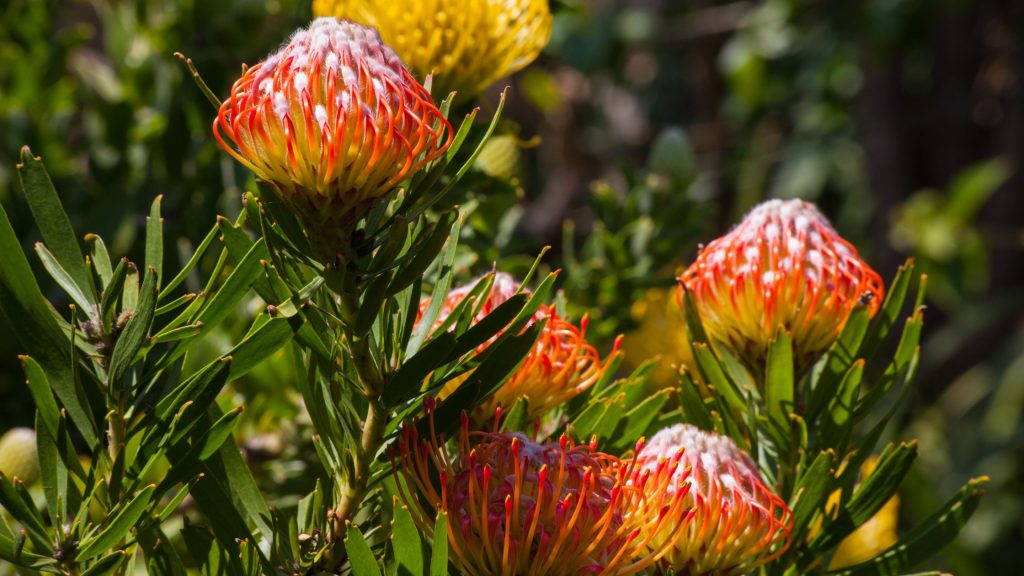
Pincushion cactus, or Mammillaria sp., is a cactus native to Mexico and the southwestern United States. This cactus gets its name from its round shape and the way its spines radiate out from the center like a pincushion.
Pincushion cacti are small, slow-growing plants that can reach up to 12 inches (30 cm) in height. They typically have between 10 and 30 spines per areole, which can be either straight or hooked.
The flowers of this cactus are usually pink or white and appear in spring or summer.
Pincushion cacti are relatively easy to care for and add to any indoor succulent collection. These plants prefer bright light but can tolerate some direct sun.
They should be watered when the soil is dry to the touch, and they prefer a well-draining potting mix. Pincushion cacti are susceptible to mealybugs and other pests, so be sure to check your plant regularly for any signs of infestation.
Barrel Cactus (Ferocactus Sp.)

The barrel cactus is one of the most recognizable cacti. It is characterized by its round shape and spines that protrude from the sides. The barrel cactus is native to the deserts of North America and can grow to be quite large, reaching up to 15 feet in height.
These cacti are very drought-tolerant and can store much water in their fleshy stems. Barrel cacti are also popular as houseplants and are relatively easy to care for.
There are many different species of barrel cactus, all of which vary slightly in appearance. The most common type of barrel cactus is the Ferocactus cylindraceus, which is native to the Sonoran Desert.
This cactus has long, curved spines that give it a wavy appearance. The Ferocactus wislizenii, on the other hand, is native to the Mojave Desert and has shorter, more compact spines.
Barrel cacti are typically low-maintenance plants that do not require a lot of water or care. However, they do need full sun and well-drained soil to thrive. These cacti are also susceptible to root rot, so it is important to ensure they are not overwatered.
If you are looking for a tough and easy-to-care-for plant, a barrel cactus would be a great option!
Rat Tail Cactus (Aporocactus Flagelliformis)
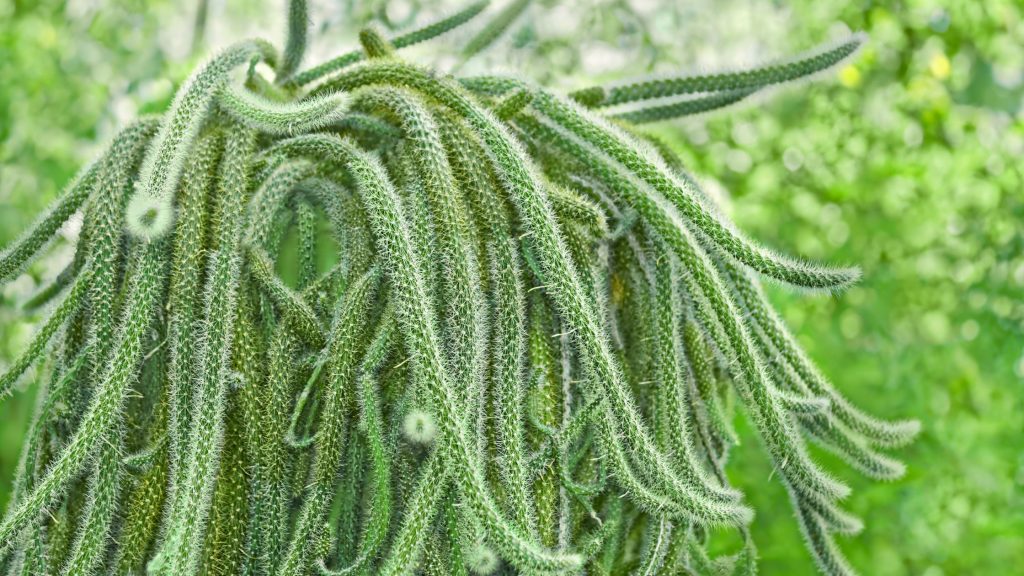
The rat tail cactus is a type of cactus that is native to Mexico. It gets its name from its long, thin, rat-tail-like stems. The rat tail cactus is a popular plant for indoor gardens because it is easy to care for and does not require much water.
This cactus grows best in bright, indirect light and should be watered about once a week. The rat tail cactus is not known to flower very often, but when it does, the flowers are white or pink, and blooms appear in the spring or summer.
If you are looking for a low-maintenance plant for your indoor garden, the rat tail cactus is a great option! Ease-of-care qualifies it for our list of amazing varieties of indoor cacti.
Fishhook Cactus (Sclerocactus uncinatus)
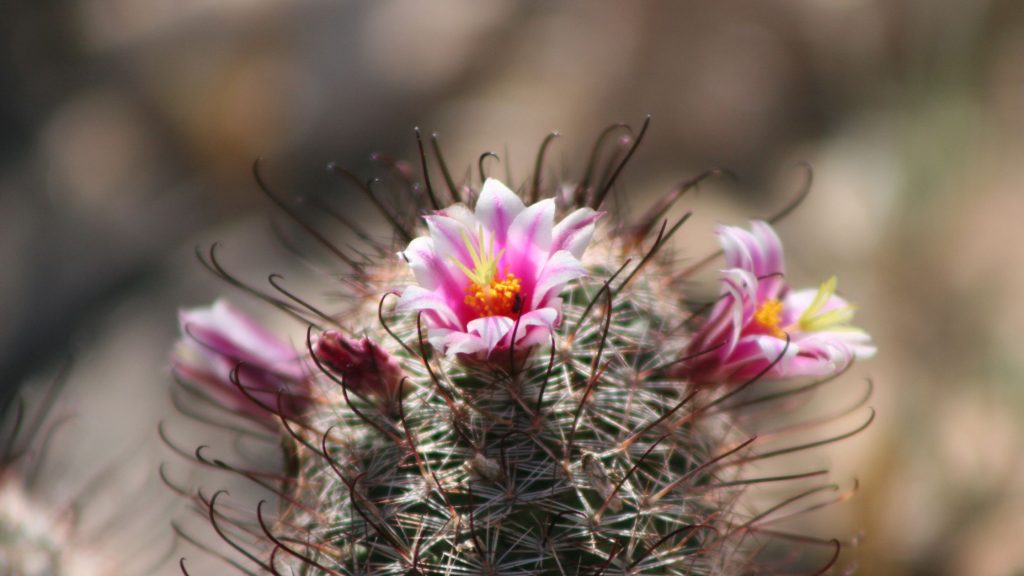
A compilation of amazing varieties of indoor cacti wouldn’t be complete without the Fishhook cactus. The fishhook cactus (Sclerocactus uncinatus) is a small cactus that is native to the southwestern United States.
It gets its name from its sharp, fishhook-like spines. The fishhook cactus is a slow-growing plant that can reach up to 12 inches in height. It has a greenish-brown body with white or pink flowers that bloom in the springtime.
This cactus is adapted to living in dry, desert conditions. It has a thick layer of skin that helps to protect it from the hot sun and harsh winds. The spines on the fishhook cactus also help to deter predators.
This cactus gets most of its moisture from the morning dew that collects on its leaves.
If you are looking for a small, low-maintenance cactus for your home, the fishhook cactus could be a good option. Just be sure to provide it with bright light and well-drained soil.
Star Cactus (Astrophytum Asterias)
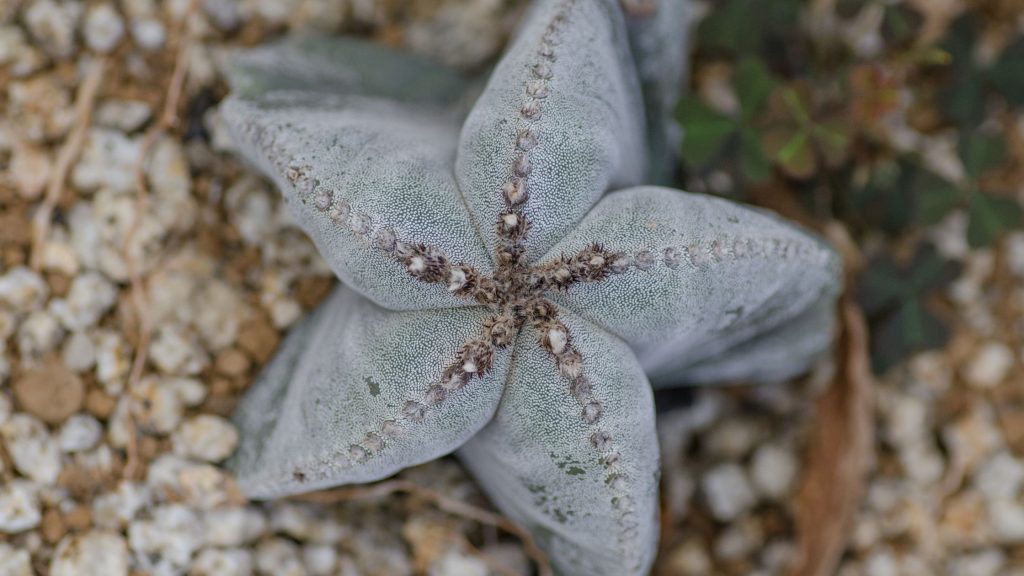
The star cactus (Astrophytum asterias) is a small, slow-growing cactus that is native to Mexico. It is easily recognizable by its star-shaped body and yellow flowers. The star cactus is a popular houseplant and can be found in many homes and gardens.
The star cactus is a very easy plant to care for and does not require much attention. It can be grown in a pot or in the ground and prefers a sunny location. The cactus should be watered only when the soil is dry and fertilized once a month during the growing season.
The star cactus is not susceptible to many pests or diseases, but mealybugs can sometimes be a problem. These pests can be controlled with insecticidal soap or neem oil. If the cactus becomes too large, it can be easily trimmed back with a sharp knife.
Old Man Cactus (Cephalocereus senilis)
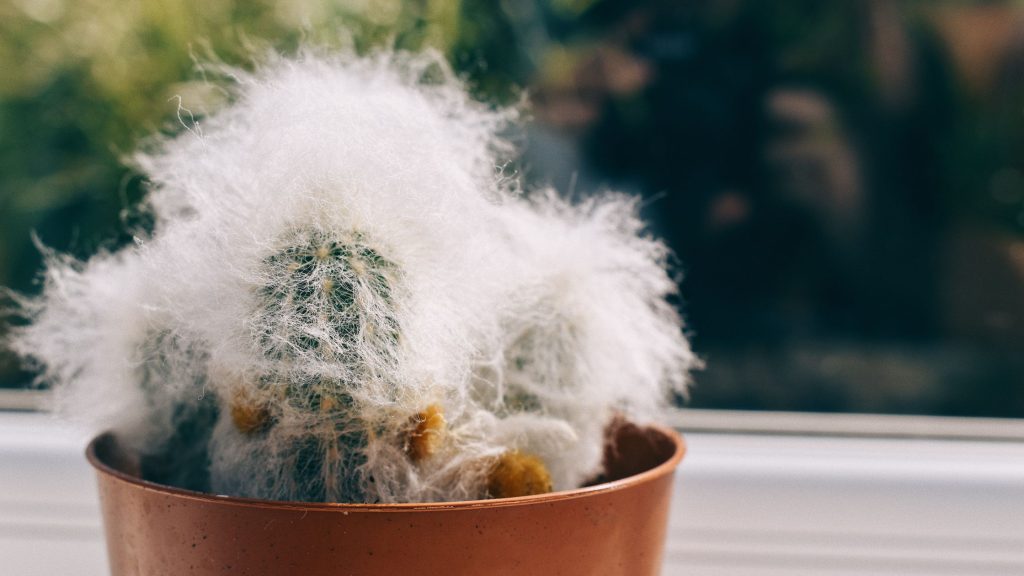
The old man cactus is a unique-looking plant that is native to Mexico. It certainly qualifies as one of the amazing varieties of indoor cacti. It gets its name from its long, white hair-like spines that cover the plant. The old man cactus can grow to be up to 15 feet tall and is a popular plant to have in gardens or as a houseplant.
This cactus does best in full sun but can also tolerate some shade. It needs well-drained soil and should be watered only when it is dry. The old man cactus is not cold-hardy and should be brought indoors if there is any chance of frost.
The old man cactus is a great choice if you are looking for an interesting and low-maintenance plant!
How Do I Identify An Indoor Cactus?
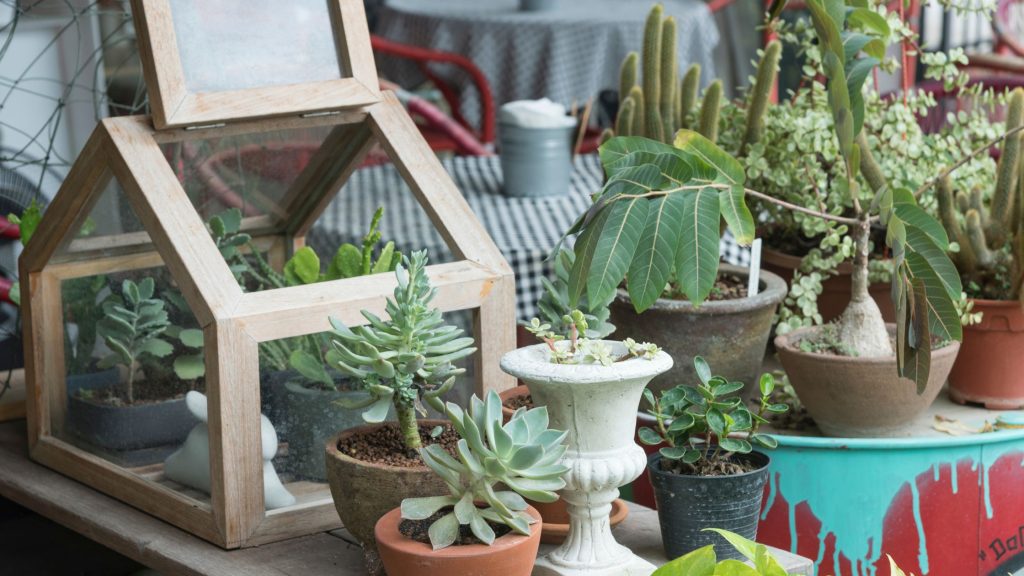
There are a few things you can look for when trying to identify an indoor cactus. One of the most obvious indicators is that indoor cacti tend to be smaller than those that grow outdoors.
They also usually have softer, more delicate spines and brighter colors. Another way to tell if a cactus is an indoor variety is by looking at the pot it is growing in.
Indoor cacti are typically planted in pots with drainage holes to prevent overwatering, which can be fatal for these plants.
If you’re still unsure if a cactus is an indoor or outdoor variety, the best way to find out is by asking the person who sold it to you or checking the plant’s label.
Many nurseries and garden centers will sell both types of cacti, so it’s important to know which one you’re getting before you take it home.
With a little bit of research, you’ll be able to tell the difference between indoor and outdoor cacti in no time!
Which Cactus Do Well Indoors?
There are a variety of cacti that can do well indoors. Here are some of the most popular types:
The Christmas Cactus is a type of cactus that blooms around Christmastime (hence the name). They are native to Brazil and prefer cool, humid conditions. These cacti can be found in various colors, including pink, red, purple, and white.
The Easter Cactus is another type of cactus that blooms around Easter time (surprise!). These cacti are native to Brazil and Bolivia and prefer cool, dry conditions. These cacti come in pink, red, purple, and white colors.
The Thanksgiving Cactus is yet another type of cactus that blooms around Thanksgiving time (you guessed it!). These cacti are native to Brazil and prefer cool, humid conditions.
These cacti come in pink, red, purple, and white colors.
As you can see, there are a variety of indoor cacti that can brighten up your home during the colder months.
So if you’re looking for a plant that can add some life to your home during the winter months, consider one of these beautiful indoor cacti!
Do Indoor Cactus Plants Need Sunlight?
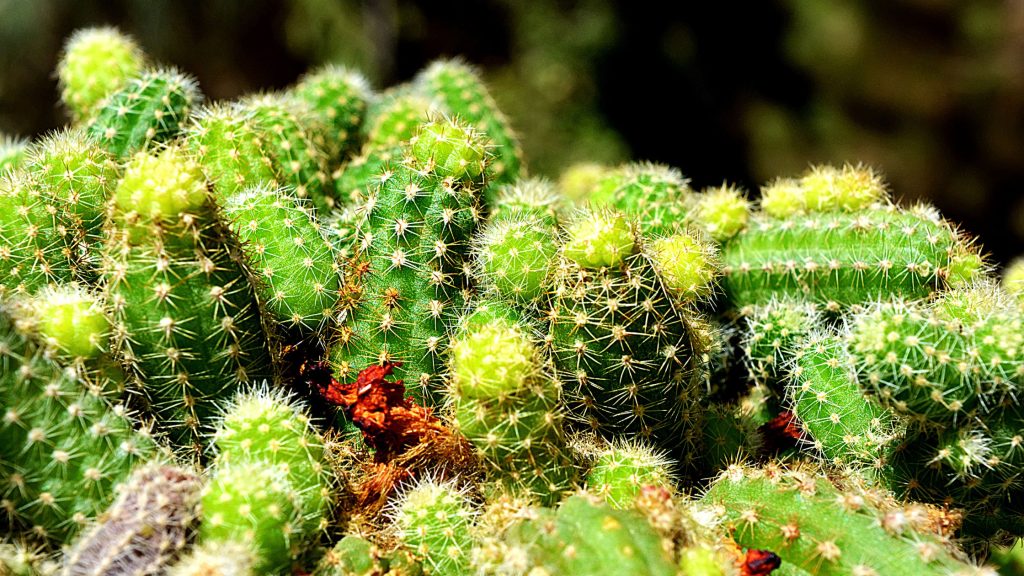
Among the amazing varieties of indoor cacti, it is a common misconception that they are desert plants and do not need sunlight. In reality, most cacti are native to tropical or subtropical regions and need moderate amounts of sunlight to thrive.
However, a few species of cacti can tolerate lower light conditions.
If you are growing cacti indoors, it is important to give them enough light. Place them near a south-facing window where they will get bright, indirect light for at least six hours per day.
If you don’t have a south-facing window, you can also use grow lights to provide the necessary light for your plants.
Cacti need some sunlight to produce food for themselves through photosynthesis. However, they can also tolerate periods of low light as long as they are not too prolonged.
If your cactus is not getting enough light, it will start to stretch out and become leggy in an attempt to reach for more light.
This is known as etiolation and is not harmful to the plant but is not very attractive. If your cactus is etiolated, simply move it to a brighter location.
Cactus Plant Care Tips
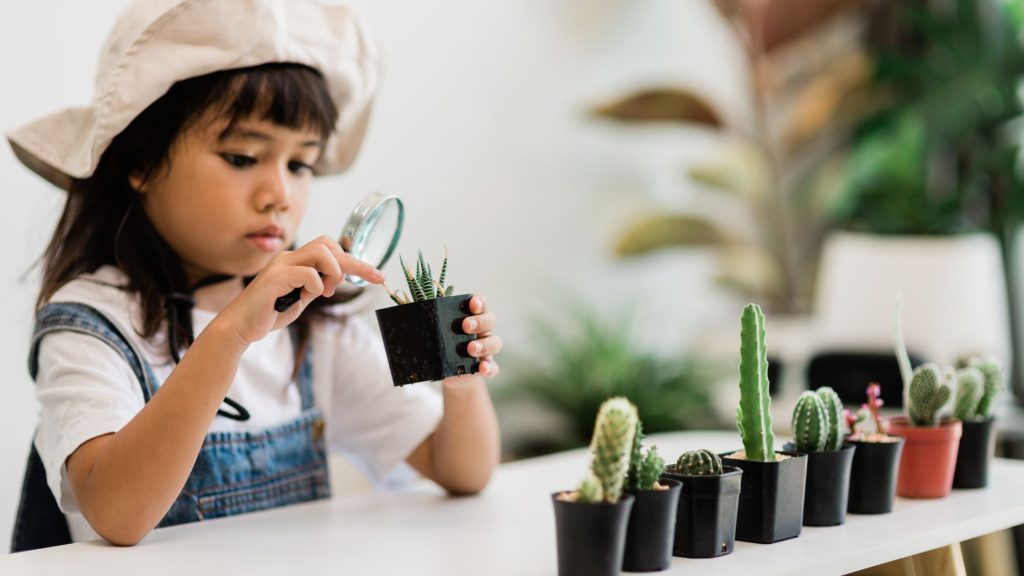
If you’re looking for a unique, low-maintenance, and interesting plant, a cactus might be the perfect option! Cacti come in all shapes and sizes and can thrive indoors with the proper care. Here are some tips to help you get started:
Lighting: One of the most important things cacti need is bright light. If your cactus isn’t getting enough light, it will start to stretch out and become leggy. Place your cactus near a sunny window or in a room with bright artificial light.
Watering: Another important factor in cactus care is watering. These plants store water in their leaves and stems, so they don’t need to be watered very often.
In fact, overwatering is one of the most common problems people have with their cacti. Only water your cactus when the soil is completely dry- typically once every 1-2 weeks.
Soil: Cacti need well-draining soil to thrive. Be sure to use a pot with drainage holes, and add rocks or gravel to the bottom of the pot before adding soil. This will help ensure that excess water can drain away from your plant’s roots.
Fertilizing: Cacti don’t need to be fertilized very often, but they do benefit from a little extra nutrition during the growing season (spring and summer).
Use a balanced fertilizer diluted to half strength and apply it every other month during this time period.
Conclusion
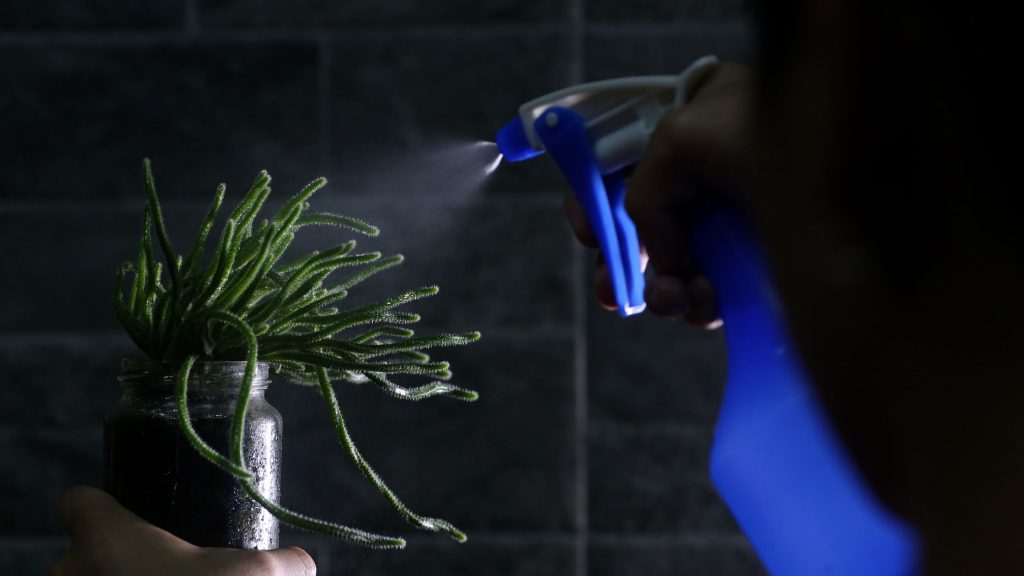
In conclusion, there are amazing varieties of indoor cacti that can brighten up any room. They are low maintenance and easy to care for.
We have provided you with types of cactuses with pictures and easy care tips. If you are interested in doing more research, you can investigate the cactus African Milk Tree and the Fairy Castle cactus.
Cacti are a great choice for anyone looking for a new houseplant.
Be sure to do your research before buying a cactus to make sure it will thrive in your home. Thanks for reading!
Recent Posts
Have you found yourself wondering, 'why is my bamboo growing so slow?' Despite the fact that bamboo plants are remarkably fast-growing, it can sometimes take months (or even years!) to see any signs...
Miracle-Gro is a huge help when you are trying to get decent yields out of your plants or if you want them to thrive. However, you may have noticed that a single dose of fertilizer does little to...
